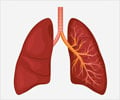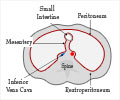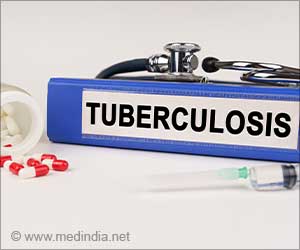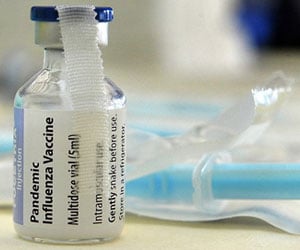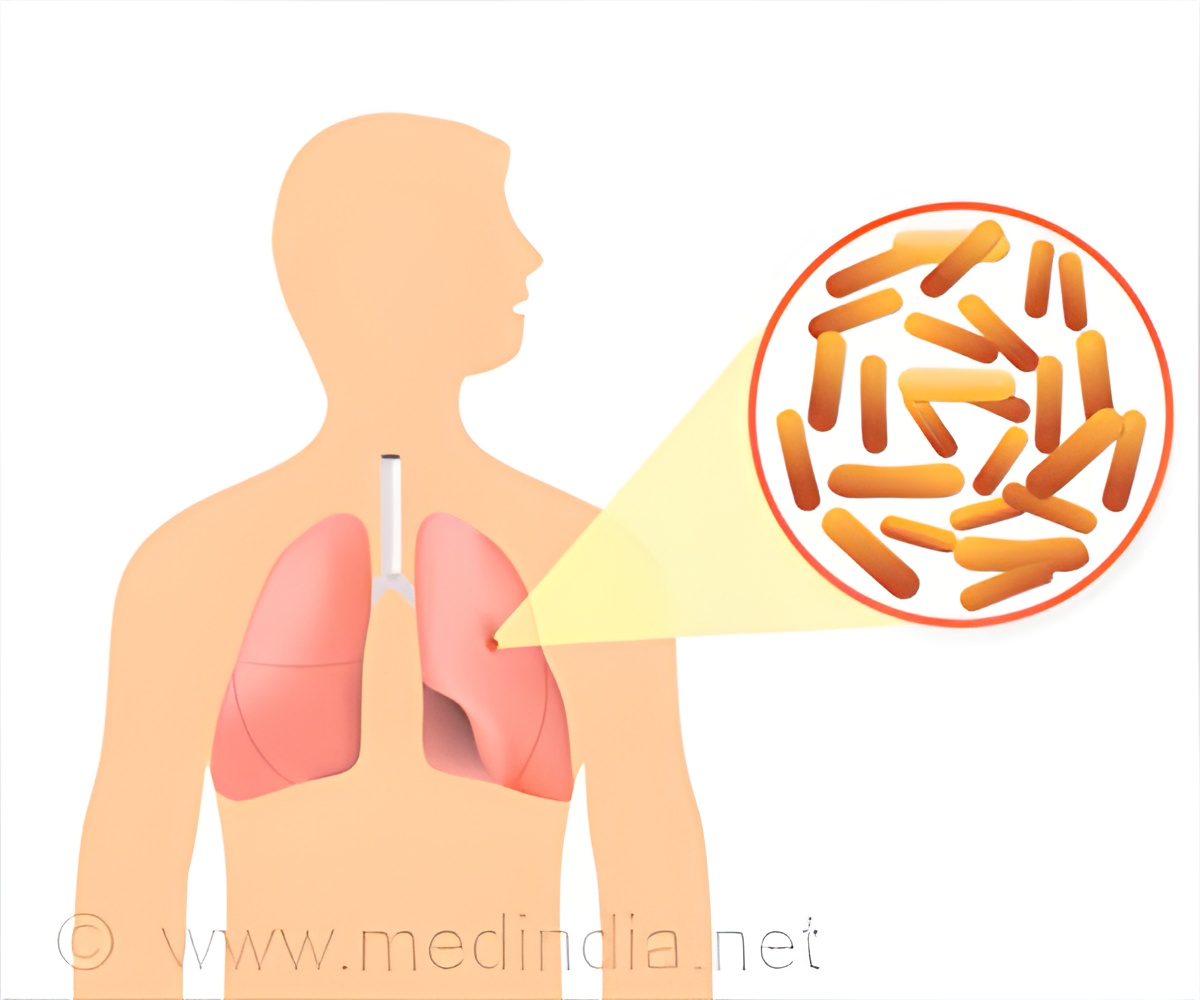
‘Carbohydrates slimes used by bacteria to aggregate themselves and defeat antibiotics and other drugs used to combat infections afflicting people with cystic fibrosis have been discovered. Thus an understanding of the mechanisms that promote bacterial aggregation may facilitate new therapeutic approaches and provide better care for the disease.’
Tweet it Now
The present study has successfully demonstrated that the stubborn germs living in the lungs of cystic fibrosis patients create a self-produced carbohydrate slime. The bacteria become more resistant to the antibiotics because of this slime, making the treatment difficult. Slimy Strategy in Cystic Fibrosis
"We found the first direct evidence that these carbohydrates are produced at the sites of infection. We showed that one of the carbohydrates, called Pel, sticks to extracellular DNA, which is abundant in the thick mucus secretions prominent in cystic fibrosis lungs. This interaction makes a slimy protective layer around the bacteria, making them harder to kill. As such, it reduces the pathogen's susceptibility to antibiotics and drugs aimed at reducing the thickness of airway mucus by digesting DNA", says Dr. Laura Jennings, a research assistant professor in UM's Division of Biological Sciences and an affiliate with the University's Center for Translational Medicine.
The study thereby hypothesizes that the carbohydrates are responsible for the grouping or aggregating bacteria in cystic fibrosis lungs.
And, the carbohydrate Pel is found to diminish the efficacy of the most commonly used therapeutics for cystic fibrosis, which are inhaled antibiotics and a drug that breaks down the thickness of the airway mucus, making it easier to cough up.
Advertisement
Source-Medindia

